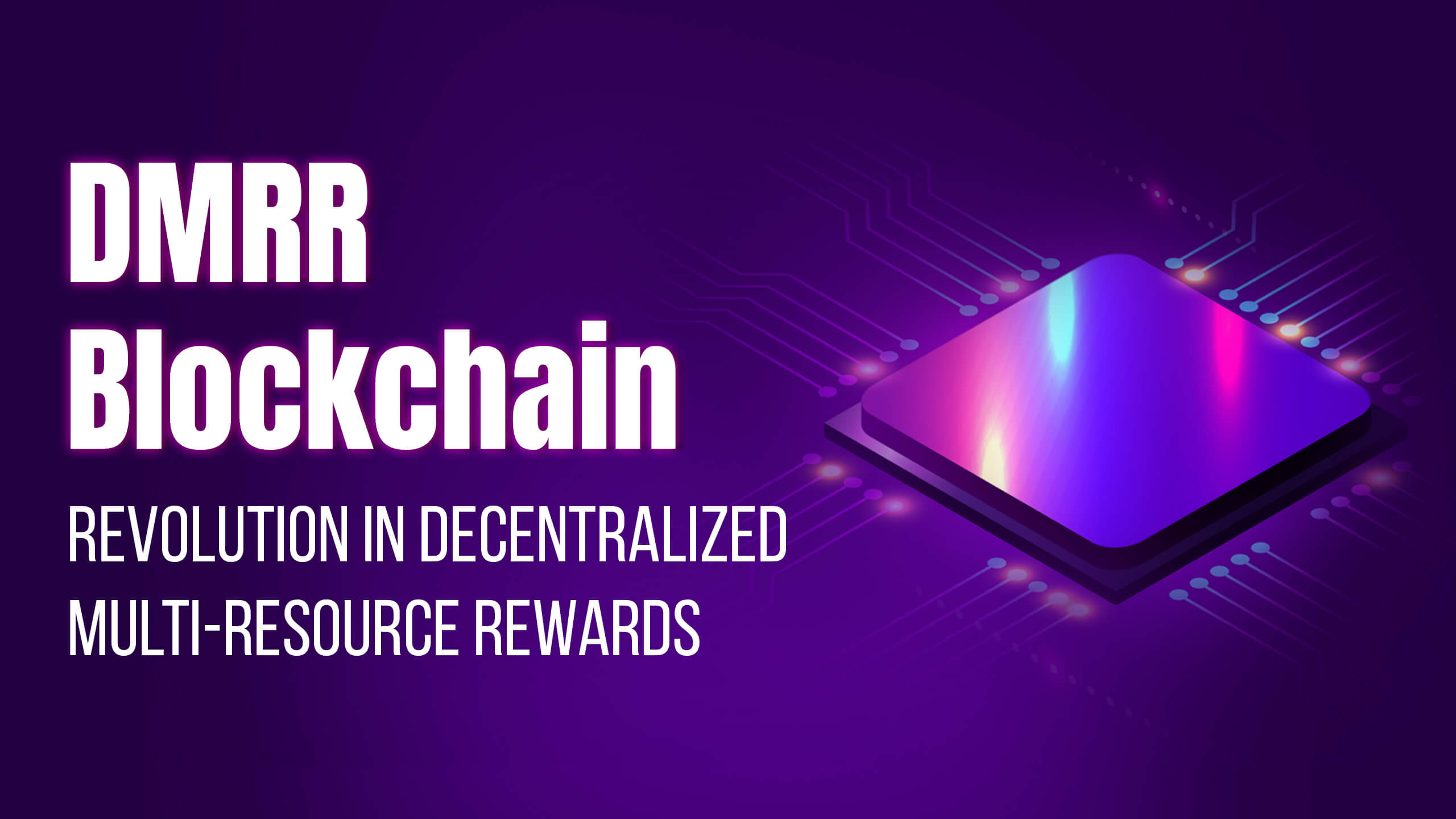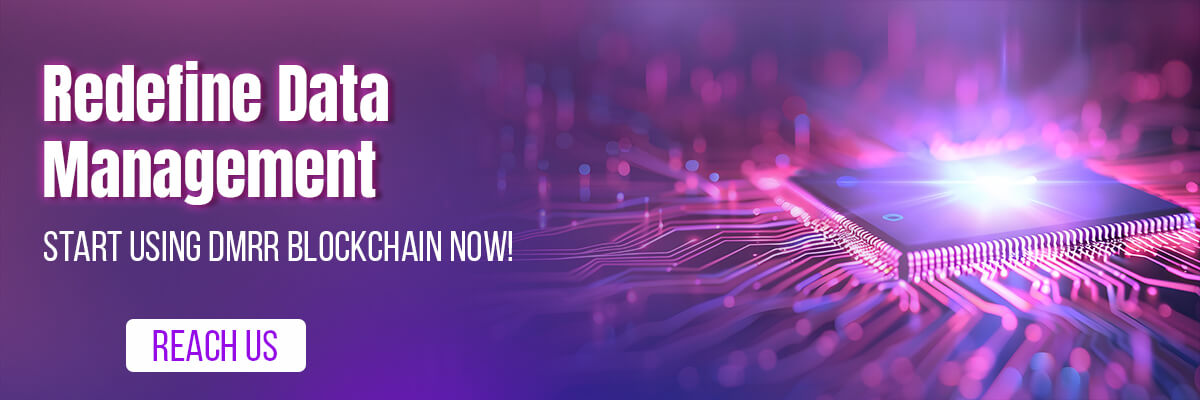Since blockchain is a type of decentralized ledger technology, network participants conduct all the operations. No single entity controls operations like transaction validation, asset allocation, identity verification, tokenization of assets, and many more. Instead, multiple users hold the authority to perform these operations through different consensus protocols. They contribute to managing and upholding the power of blockchain’s decentralized architecture. Now, no one would go through all these troubles if no reward awaited them.
In other words, several types of rewards are distributed to encourage network participants to run the operations and maintain the ledger. These can be in the form of certain privileges concerning the blockchain ledger or cryptocurrencies and crypto tokens depending on the consensus protocols and the smart contract agreements. However, the traditional system of distributing rewards to the network participants is full of discrepancies and anomalies. Owing to tackle these challenges, the concept of DMRR blockchain has been introduced to the DeFi ecosystem. In the following article, we have illustrated the basic facts about this new blockchain architecture and explained how it has brought a revolution to the decentralized realm.
DMRR Blockchain: What is This New DLT System?
DMRR stands for Distributed Multi-Resource Rewards system, where blockchain network participants receive incentives and rewards for their notable contributions. While the traditional reward system is limited to a single crypto token or decentralized asset, DMRR is focused on giving rewards using multifarious digital assets. It works on an incentivization model, where users are awarded based on their contribution percentile. Owing to this, the reward distribution is more uniform and consistent amongst all the network participants for different activities, like minting, staking, and transaction validation. Also, the DMRR blockchain paves the way for financial inclusion due to the association of different forms of digital assets in the reward system.
Different Types of Reward Systems on the DeFi Ecosystem
Before we delve deep into understanding what a DMRR blockchain entails, let’s first have a quick look at the different rewards offered to the network participants in the decentralized ecosystem.
1. Mining rewards: In consensus mechanisms like Proof of Work, or PoW, network participants solve complex mathematical problems for transaction validation. Once they mine a ledger block, they receive rewards in the form of crypto tokens or other forms of digital assets.
2. Distribution reward model: Several blockchains implement a distribution model for giving rewards to the network participants. For example, users can receive rewards based on a fixed rate or a variable one based on the underlying reward structure of the DLT.
3. Staking reward: For consensus systems like Proof of Stake, or PoS, network participants are awarded based on the stakes they have placed for minting a new block to the blockchain’s distributed ledger.
Salient Features of a DMRR Blockchain
Multi-modal Reward System
The DMRR blockchain is known for its multi-modal reward system. In other words, these distributed ledger technologies support reward programs using multifarious digital assets like crypto tokens representing fractional asset ownership, cryptocurrencies, transaction fee waivers, and many more. As a result, network participants will get rewards based on their contributions towards the blockchain’s sustenance rather than following a conventional model.
Decentralization
Every blockchain with a distributed multi-resource reward system follows the decentralized architecture. Network participants have a non-negotiable say in the decision-making process for changing the reward programs, altering the stakes required for getting rewards, or the consensus protocols to follow for the structure. Since the decision-making power is distributed amongst many participants, it is easier to maintain consistency in agreement.
Community Governance
Also, the DMRR blockchain can be used for community governance, meaning establishing a sense of authority and security for the participant community. No matter how much stakes are raised or the consensus protocol being followed, every network participant will receive the rewards dynamically and based on the extent of their contribution. Hence, the rewards assigned will vary from one stakeholder to another, ensuring their efforts are recognized appropriately without any bias.
Smart Contract Implementation
Smart contracts are deployed to control the functioning of the DMRR blockchain. These define the conditions for self-execution of the contracts, thereby automating the allocation and distribution of the rewards based on the pre-defined structure. With smart contracts, manual intervention can be eliminated, thereby increasing the efficiency and accuracy of the reward system. Additionally, it will also free network participants from the duties of manually overseeing the contributions, thereby giving them enough time to focus on more pressing matters.
Cross-chain Interoperability
DMRR blockchains are compatible with other forms of blockchain ledgers. As a result of this cross-chain interoperability, network participants will have unhindered access to numerous digital assets and crypto tokens. They can be easily integrated with both Layer 1 and Layer 2 blockchains, including popular ones like Ethereum and Binance Smart ledgers.
Consensus Protocols
Since the distributed multi-resource reward blockchain is an advanced form of distributed ledger technology, maintaining network integrity and security is of utmost importance. That’s why these blockchains make use of top-notch consensus protocols, including Proof of Work and Proof of Stake. These prevent malicious activities on the blockchain ledger, thereby increasing trust and reliability between the network participants.
Benefits of the DMRR Blockchain Technology
Knowing the key benefits of the DMRR blockchain technology will further help you in harnessing the true potential of this distributed ledger technology. With this being said, below we have articulated a couple of benefits of using the DMRR blockchains.
1. Since multiple digital assets are used for the reward structure instead of following the pre-defined number of cryptocurrencies, network participants are encouraged to put in their efforts for streamlining ledger operations.
2. The entire reward system is uploaded to the blockchain ledger. In other words, all the details of the rewards offered and other critical information sets are stored on the blockchain, ensuring end-to-end immutability and transparency for all stakeholders.
3. Also, the reward system changes dynamically based on the supply and demand cycles of the DMRR blockchain. It will check the real-time status of the digital assets in supply and accordingly allocate the rewards to the network participants automatically through smart contracts.
4. With cross-chain interoperability, network participants will have greater access to diverse digital assets and utilize the same for defining the reward structure and creating smart contracts.
5. Since the entire DMRR blockchain is based on the decentralized principle, the authority and control are distributed across multiple nodes instead of a single entity. This prevents any cohesion between network participants and encourages collaboration between them for seamless ledger operations.
6. Also, the blockchain can be scaled with ease, meaning the reward structure can be improvised dynamically with varying numbers of network participants and available digital assets. There is no need to work on the reward system from scratch, thereby ensuring consistent performance without compromising ledger operations.
Conclusion
Now that we have discussed the benefits and key features of the DMRR blockchain, you can certainly make the call about its role in bringing success to your business. So, if you want to access the blockchain through a decentralized application or a marketplace, we at Web 3.0 India will help transform your idea into reality. Our experts have in-depth domain knowledge and excellent technical prowess in building distributed multi-resource reward blockchains based on your business needs and the underlying technical infrastructure.





